Benefits of Vacuum Breaker Check Valves
What It Is
Vacuum breaker check valves relieve unwanted low-pressure conditions within closed systems. They are installed directly into the system and allow air to enter the system when internal pressure drops below atmospheric pressure. When closed tanks are drained of liquid or during a phase change — when water transitions from steam to condensate, for example — the pressure within a pipeline or vessel can fall below atmospheric pressure. This results in a dangerous condition where pressure outside the vessel is greater than pressure inside. A vacuum breaker allows air to enter the system to equalize the pressure and ensure safe operational conditions. Without this safety component, there is the potential for damage, collapse, or rapid implosion. A vacuum breaker can also prevent a siphon and backflow contamination.
How It Works
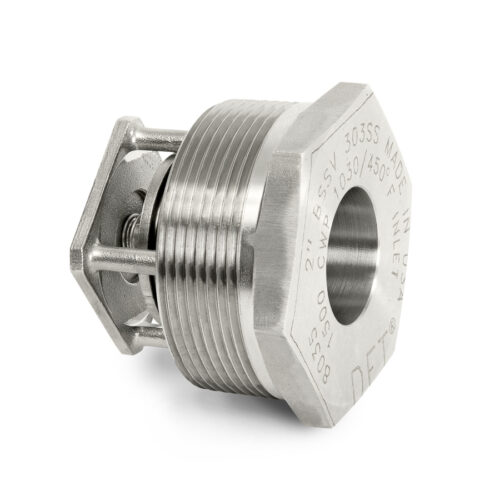
A vacuum breaker check valve is a device that allows for the flow of air in one direction, but closes to prevent flow in the opposite direction. When the system is at normal pressure, the greater pressure inside the system compared to the pressure of the external environment keeps the door of the vacuum breaker shut. A spring assists in keeping the valve closed. When pressure in the system drops below that of the external environment, the valve opens to allow air into the system, equalizing pressure inside and out. The valve spring is selected to control at what pressure difference the valve first opens. The valve spring is designed to allow the valve to open at a set pressure difference (called the “cracking pressure). Valve size selection is important for allowing sufficient airflow into the system, depending on how quickly liquid is being evacuated that needs to be replaced by air or how rapidly pressure is dropping because phase change is occurring. Vessel collapse is prevented.
Once the pressure difference is lowered to an acceptable level, the valve closes, forming a tight seal to prevent outward flow. No system fluid can escape into the atmosphere.
Applications
In addition to preventing damage and even collapse in systems that experience vacuum conditions, vacuum breaker check valves can be used to prevent siphoning of tank discharge lines with terminations below the tank fluid level. These devices can also be used to prevent backflow of liquid into system lines when a discharge pipe terminates under the surface of the liquid in another container. The latter example is commonly seen on outdoor faucets.
Benefits of Vacuum Breaker Check Valves
Vacuum breaker check valves are simple mechanisms that respond quickly to small pressure differences. Their quick action can minimize the risk of vessel or piping collapse. These valves can also keep a fluid system safe by preventing siphon-powered backflow and contamination.
Vacuum Breaker Check Valves From DFT® Inc
DFT® Inc specializes in providing high-quality check valves and control valves to our customers. We build each of our DFT® NPT-threaded Vacuum Breakers (BSSV) from stainless steel, with a lapped disc and seat that provides a reliable seal. These valves are available in sizes ranging from one inch to four inches in diameter. Other sizes, materials, and mating configurations are also available. Contact us today to learn more about our products or request a quote to get started.





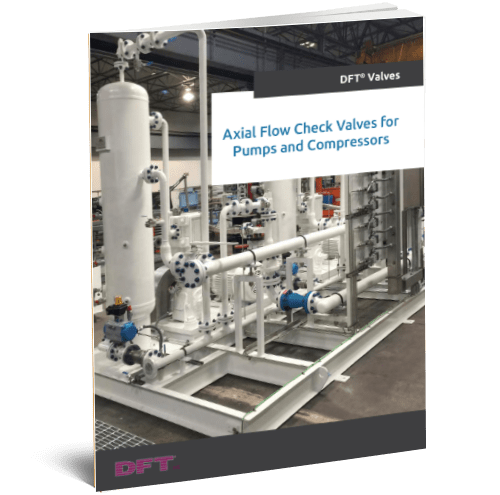
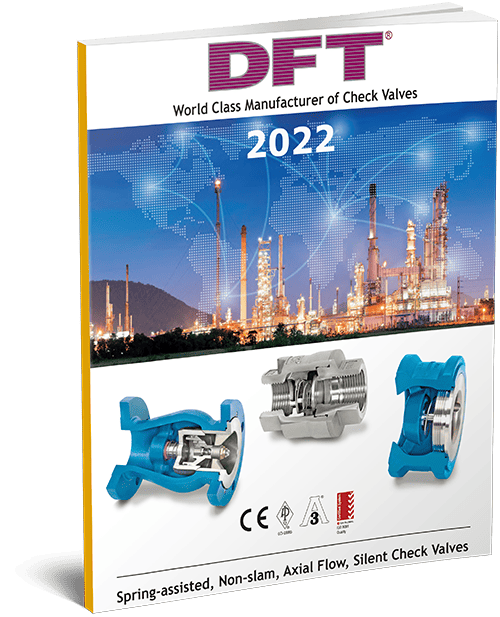
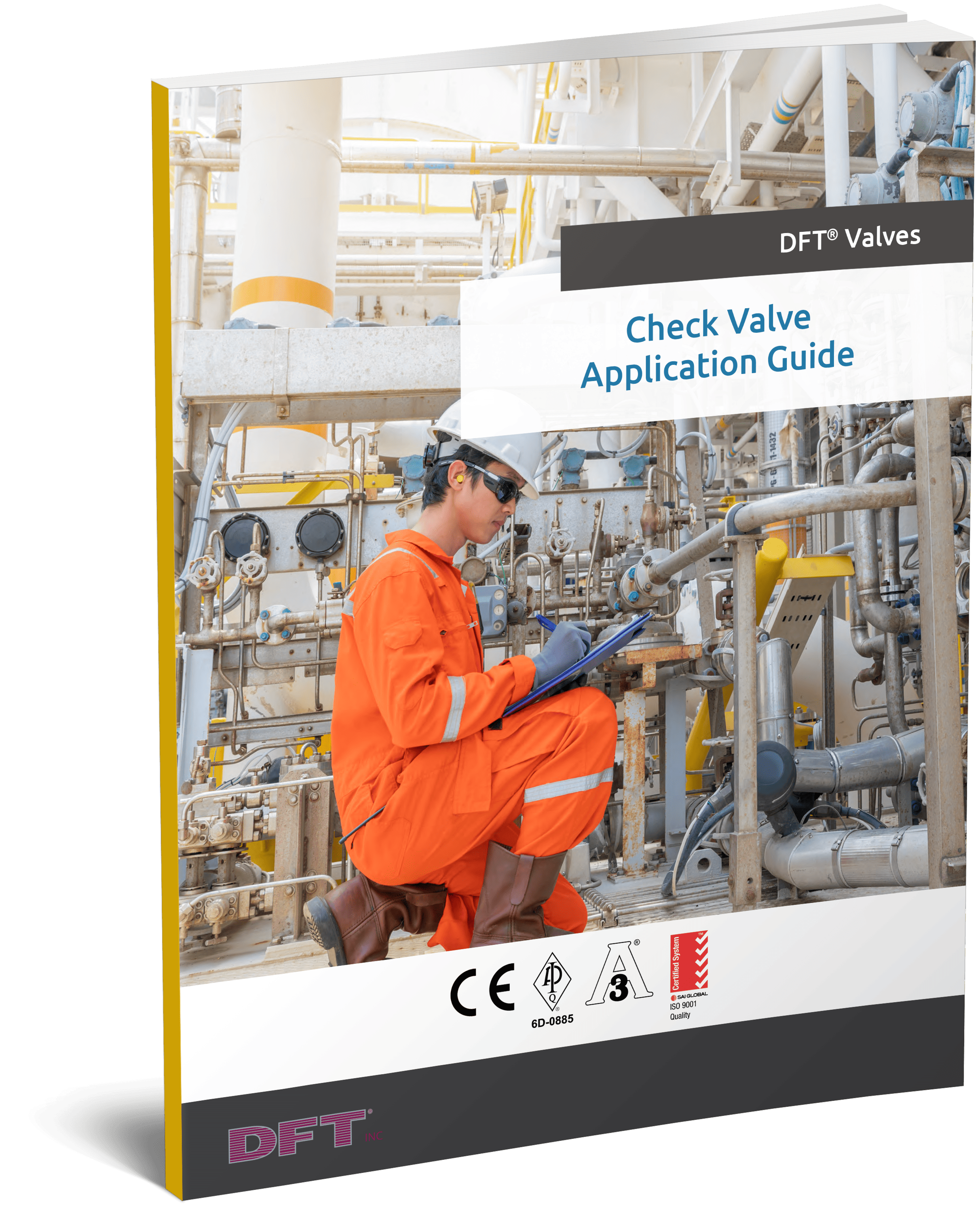

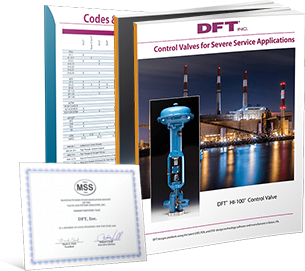
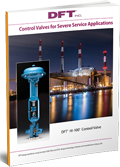
Comments are closed